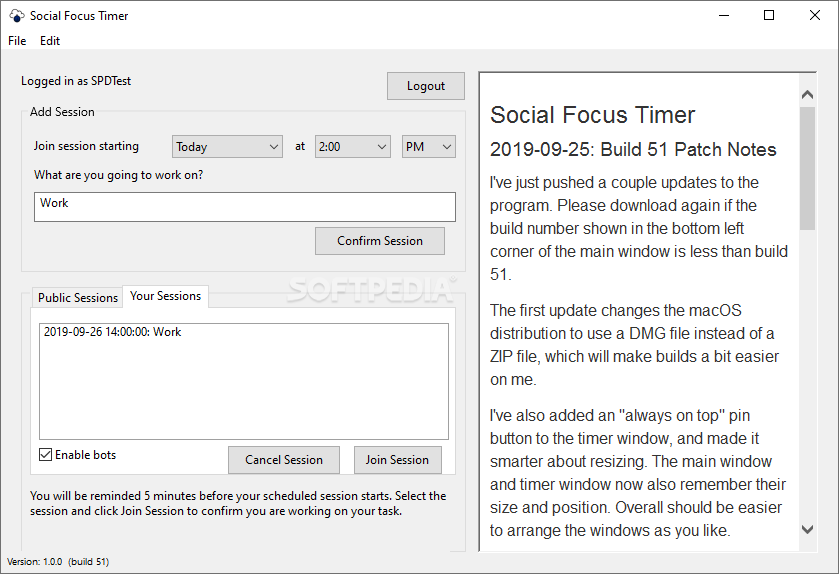


And break timer will keep you from getting lost on YouTube for hours. Knowing that the timer is running will pressure you to keep working and avoid distraction. When you know you're on the timer, you'll feel accountability because your time logs will always tell the truth. This helps you think about your time in terms of "Hmm, I can do four more Pomodoros before lunch, and four more afterwards". Make work manageableīlocking your day into identical chunks makes it easy to build and plan your day. That way, you won't check your email because you'll know that the break is coming soon. Another benefit is that while you're on the break, you can do time wasting stuff, like checking emails or social media. Just as walking around or stretching gives your body a break from sitting in one spot, letting your mind wander gives it a break.īreaks give your mind a chance to solve problems without you getting in the way. Prevent burnoutīeing able to take short breaks, you'll be able to work longer and not get completely exhausted mentally. In addition to resting your eyes, use the break to stand up, do some deep breathing, and stretch (common advice is to stand up and move around every 30 minutes). Optometrist often advise the 20/20/20 rule for preventing eye strain: every 20 minutes, look at something 20 feet away for 20 seconds. If your job involves sitting and staring at the screen the whole day, your body needs a break. Know how much time to set aside when the task comes up again.Accurately predict how long a similar task will take in the future.Avoid underestimating needed time and effort.Know exactly how much time a task took you.Record how many Pomodoros a task takes and how many Pomodoros you do in a day so you can: Know how much effort activities really take But when you're focused on one thing for a long period of time, you are able to get deeper into it. The more often you disengage from your work due to interruptions, the more time you spend re-engaging with what you actually want to be doing. When you write down that you'll work on that particular thing, you'll get into a flow state quicker. And it worked, for him and for millions of other Pomodoro practitioners. So he put a time limit on how long he planned to focus on a single task and rewarded himself with a break. Francesco Cirillo, the creator of the Pomodoro Technique, had trouble staying focused while studying.


 0 kommentar(er)
0 kommentar(er)
